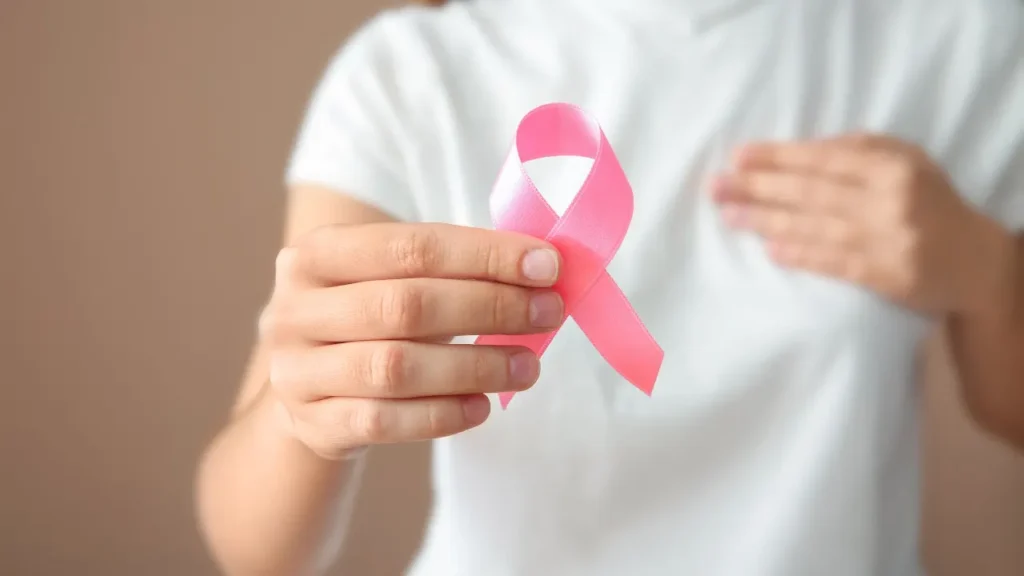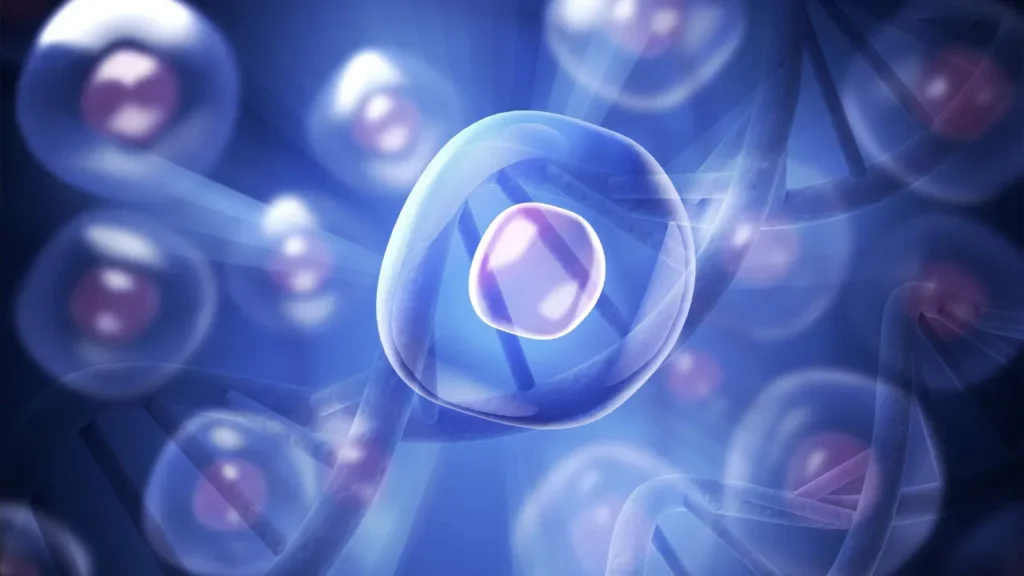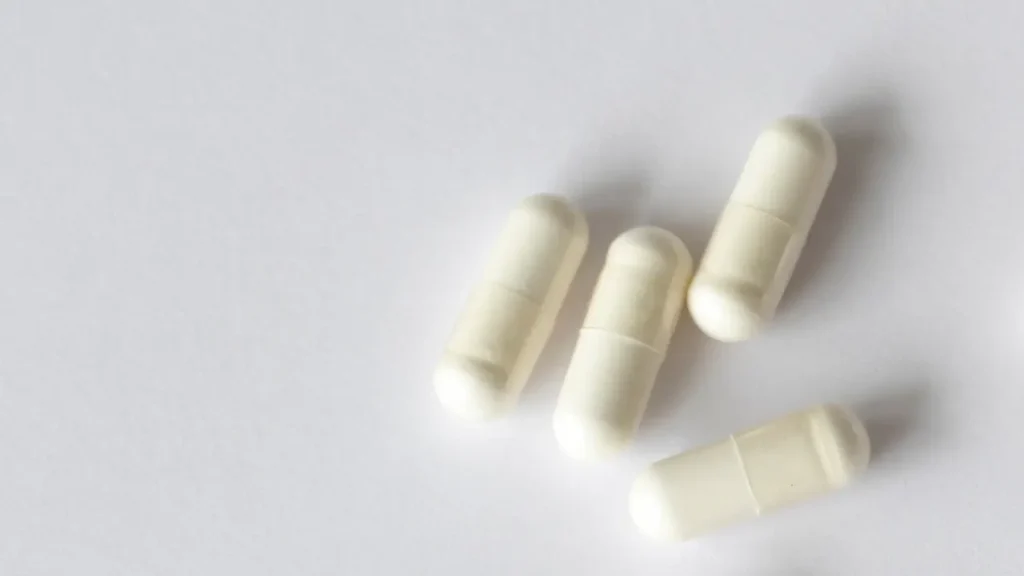A perennial plant that is indigenous to the deciduous woodlands of eastern North America is called white cohosh (Actaea pachypoda), often known as doll’s eyes or white baneberry. Despite being less well-known than its sibling, Black Cohosh (Actaea racemosa), the plant has been historically utilized in herbal medicine for its potential health advantages. This article seeks to give a thorough summary of white cohosh’s nature, health advantages, recommended dosage, side effects, and potential drug interactions, as well as other pertinent details for its responsible usage as a nutritional supplement.
You May Also Like:
Finding the Best Supplements for Brain Fog After COVID: 5 Top Brands Reviewed
White Cohosh: Benefits, Dosage, Side Effects, Drug Interactions, and Other Important Information is an original (NootropicsPlanet) article.
Nature of White Cohosh
Actaea pachypoda, sometimes referred to as white cohosh, is a perennial herbaceous plant in the Ranunculaceae family. It can reach a height of 50 to 75 cm and is distinguished by its compound leaves and white, ball-shaped blossoms that turn into eye-catching white berries with black dots that resemble a doll’s eyes. Therefore, the common name for this plant is known as Doll’s Eyes. The plant is widespread in eastern North America, especially in the Appalachian Mountains, where it flourishes in deciduous forests.
Health Benefits of White Cohosh
Several studies have highlighted white cohosh’s potential health advantages, even though there hasn’t been as much scientific research on it as there has been on other medicinal plants. These advantages consist of:
1. Anti-inflammatory qualities:
Animal and in vitro research have shown that white cohosh’s triterpenoid saponins have strong anti-inflammatory activities. This action is thought to be achieved through the regulation of nuclear factor kappa B (NF-B) signaling and the inhibition of pro-inflammatory cytokines such as interleukin-1 (IL-1) and tumor necrosis factor (TNF).
2. Antioxidant activity:
The phenolic components found in white cohosh, including flavonoids and phenolic acids, have antioxidant qualities. These substances can combat free radicals and shield cells from oxidative stress, which contributes to the emergence of multiple chronic illnesses, including cancer and cardiovascular disease.
3. Possible cancer-fighting properties:
Early in vitro research indicates that white cohosh extracts have cytotoxic effects on a number of human cancer cell lines, including breast, prostate, and colon cancer cells. Although the underlying mechanism of this impact is not fully known, it is believed to entail cell cycle arrest and apoptosis (programmed cell death).

Chemistry of White Cohosh
Numerous biologically active substances, such as triterpenoid saponins, flavonoids, phenolic acids, tannins, and alkaloids, can be found in white cohosh. Triterpenoid saponins are glycosides made up of triterpene aglycone (sapogenin) coupled to one or more sugar moieties. These are the main bioactive components of the plant. White cohosh contains several major triterpenoid saponins, such as acteol, pachypodoside A, and pachypodoside B.
Physiological Mechanism of Action of White Cohosh
Triterpenoid saponins are principally responsible for white cohosh’s physiological mechanism of action. The following shows some of the main mechanisms of action of white cohosh:
1. Anti-inflammatory properties:
White cohosh contains triterpenoid saponins that can stop the synthesis of cytokines such as IL-1 and TNF that cause inflammation. The activation of NF-B, a transcription factor that controls the expression of genes related to inflammation, is assumed to be the mechanism by which this impact is mediated. White cohosh lessen inflammation and ease the symptoms brought on by inflammatory disorders by suppressing NF-B signaling.
2. Antioxidant activity:
The flavonoids and phenolic acids found in white cohosh are phenolic substances that have antioxidant qualities. Free radicals and reactive oxygen species (ROS) are unstable chemicals that can oxidatively damage biological components like proteins, lipids, and DNA. These can be neutralized by flavonoids and phenolic acids. White cohosh may help shield cells from oxidative stress and lower the risk of chronic diseases linked to oxidative damage by neutralizing these dangerous chemicals.
3. Anti-cancer effects:
As mentioned, the induction of apoptosis and cell cycle arrest are thought to play a role in the exact mechanism of action, despite the fact that this is not yet fully known. Cell cycle arrest stops the unchecked development of cancer cells, while apoptosis is a process of programmed cell death that eliminates damaged or undesired cells. White cohosh may help prevent the formation and spread of malignant cells by triggering these mechanisms.
It is crucial to remember that the mechanisms described above are based on in vitro and animal studies. Additional studies such as clinical trials are required to confirm these outcomes in humans. Furthermore, there might be additional and yet unidentified modes of action that contribute to white cohosh’s health advantages which call for more research on these intriguing herbs.


Optimal Dosage of White Cohosh
The best dosage for white cohosh hasn’t been well-established because there hasn’t been much clinical study on it. However, it is typically advised to begin with a low dose and raise it gradually while constantly monitoring for any negative effects. White cohosh has a recommended starting dose of 100–200 mg per day, given as a standardized extract with a constant concentration of triterpenoid saponins. Before utilizing White cohosh, it is essential to speak with a medical practitioner because each person’s dose needs will differ based on things like age, weight, and medical problems.
Side Effects of White Cohosh
When taken as directed, white cohosh is thought to have a low risk of negative effects. However, particularly while taking greater doses, some people may have gastrointestinal discomfort, such as nausea, diarrhea, or stomach pain. These negative effects are typically minor and short-lived; they disappear when the body becomes used to the supplement. In extreme circumstances, cardiac arrest and death are possible. Thus, it’s important to utilize white cohosh sensibly and follow the dose guidelines.


Potential Substance Interactions with White Cohosh
Although there is little information on possible interactions between white cohosh and other substances, it is important to weigh the risks when using this supplement with particular drugs or other herbal supplements. The following are some possible interactions to be mindful of:
1. Antiplatelet and anticoagulant drugs:
White cohosh’s anti-inflammatory effects may make bleeding more likely when used with blood-thinning drugs like aspirin, warfarin, or clopidogrel.
2. Hypertension drugs:
In theory, white cohosh and hypertension drugs could have an additive effect, which could result in abnormally low blood pressure.
3. Anti-inflammatory drugs or blood-thinning drugs:
Supplements having similar characteristics or methods of action to white cohosh may interact with each other. For instance, taking white cohosh along with substances that have anti-inflammatory or blood-thinning properties, such as Ginkgo biloba, turmeric, or garlic, may raise the chance of side effects.
Responsible Use of White Cohosh as a Nutritional Supplement
It is crucial to adhere to the following guidelines to safely and effectively utilize white cohosh as a dietary supplement:
1. Before using white cohosh, talk to a doctor, especially if you have any pre-existing illnesses, are on medication, are pregnant, or are nursing a baby.
2. Select a white cohosh dietary supplement of superior quality that has been standardized to have a constant concentration of triterpenoid saponins. This will make it more likely that you’ll get a safe and useful product.
3. Begin with a modest dose and gradually raise it while keeping a watchful eye out for any negative effects.
4. Use caution if you’re mixing white cohosh with other drugs or herbal supplements because there could be interactions that make negative effects more likely.
5. If you encounter any negative effects or side effects while using white cohosh, stop using it and seek medical advice.
White Cohosh:
Conclusion
It is fascinating to know that this toxic plant, white cohosh with the interesting appearance of a doll’s eyes stands as a potential supplement for wellness. Even though Acathea pachypoda may be visually intriguing, you need to take extra caution when incorporating it into your diet. A doctor’s personalized advice for routine supplementation is a must to ensure your wellness and safety.
It is believed that white cohosh if used properly, has anti-inflammatory properties, antioxidant activity, and anti-cancer effects. These properties stem from the wide array of bioactive components found in white cohosh. Aside, you should be careful about the side effects of overconsumption or reaction between white cohosh and other drugs such as blood-thinning drugs and hypertension drugs.


References:
- A Review of The Genus Actaea L.: Ethnomedical Uses, Phytochemical and Pharmacological Properties. Retrieved from: https://www.sciencedirect.com/science/article/pii/S2210803323000684
- 9,19-Cyclolanostane Derivatives from The Roots of Actaea Pachypoda. Retrieved from: https://pubmed.ncbi.nlm.nih.gov/17253859/
- Analysis Of Polyphenolic Compounds and Radical Scavenging Activity of Four American Actaea Species. Retrieved from: https://www.ncbi.nlm.nih.gov/pmc/articles/PMC2981772/
Important Note: The information contained in this article is for general informational purposes only, and should not be construed as health or medical advice, nor is it intended to diagnose, prevent, treat, or cure any disease or health condition. Before embarking on any diet, fitness regimen, or program of nutritional supplementation, it is advisable to consult your healthcare professional in order to determine its safety and probable efficacy in terms of your individual state of health.
Regarding Nutritional Supplements Or Other Non-Prescription Health Products: If any nutritional supplements or other non-prescription health products are mentioned in the foregoing article, any claims or statements made about them have not been evaluated by the U.S. Food and Drug Administration, and such nutritional supplements or other health products are not intended to diagnose, treat, cure, or prevent any disease.
